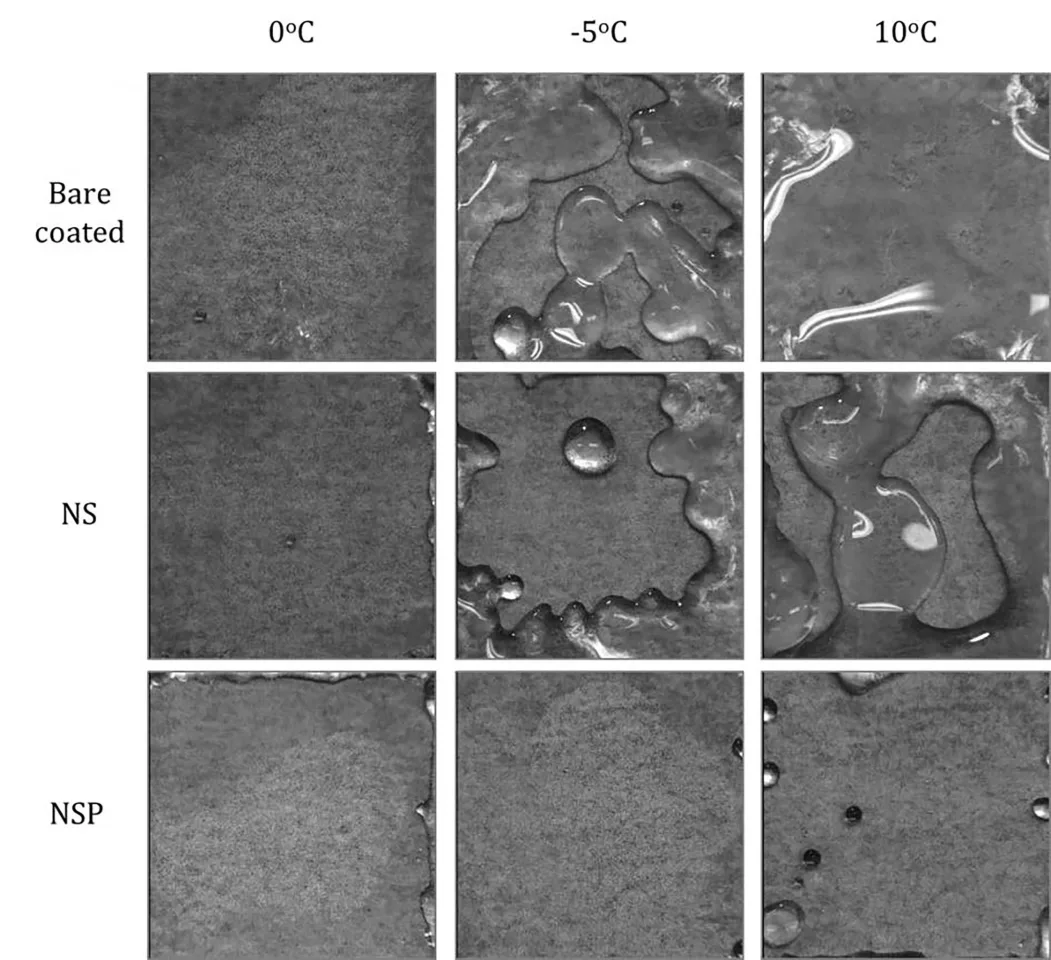The unique arrangement of nanoscale bumps coating a moth’s eye have inspired all kinds of interesting technological advances, owing to the incredible antireflective properties that allow the eye to absorb almost all the light that hits it. These range from more efficient solar cells, to advanced X-rays, to smartphone screens that cut down on glare. Joining them is a new type of anti-icing surface developed by scientists in Vietnam, which could make its way onto airplane wings or other vehicles working in cold, harsh environments.
The work was carried out by scientists from Vietnam’s Tan Trao University and Thai Nguyen University of Education, who built an intricate nanostructure modeled on moth eyes out of quartz. The transparent structure was then coated in paraffin wax to isolate it from cold and humid environments, and then put through a range of experiments so the team could observe its performance.
“We evaluated the anti-icing properties of this unique nanostructure covered with paraffin in terms of adhesion strength, freezing time and mimicking rain sustainability,” says study author Nguyen Ba Duc.
The structure was tested out alongside two other samples, one that was barely coated and one described as a superhydrophobic nanostructure, where it “demonstrated a preeminent performance,” the team writes. See the comparison in the image below.

The researchers attribute this in part to the many pockets of air trapped inside the nanostructure, which work with the paraffin layer on the surface to create higher freezing temperatures, and therefore a lengthened freezing time for attached water droplets.
One of the primary applications for these types of materials is aircraft wings, where ice buildup on the surface can limit the lifting force of the plane or interfere with moving parts. But the team notes that it could also find use in energy transmission systems and vehicles operating in harsh environments, or possibly eyewear, thanks to its transparency.
“We also determined this unique nanostructure sample is suitable for optical applications, such as eyeglasses, as it has high transparency and anti-reflective properties,” says Ba Duc.
The research was published in the journal AIP Advances.
Source: AIP Publishing





